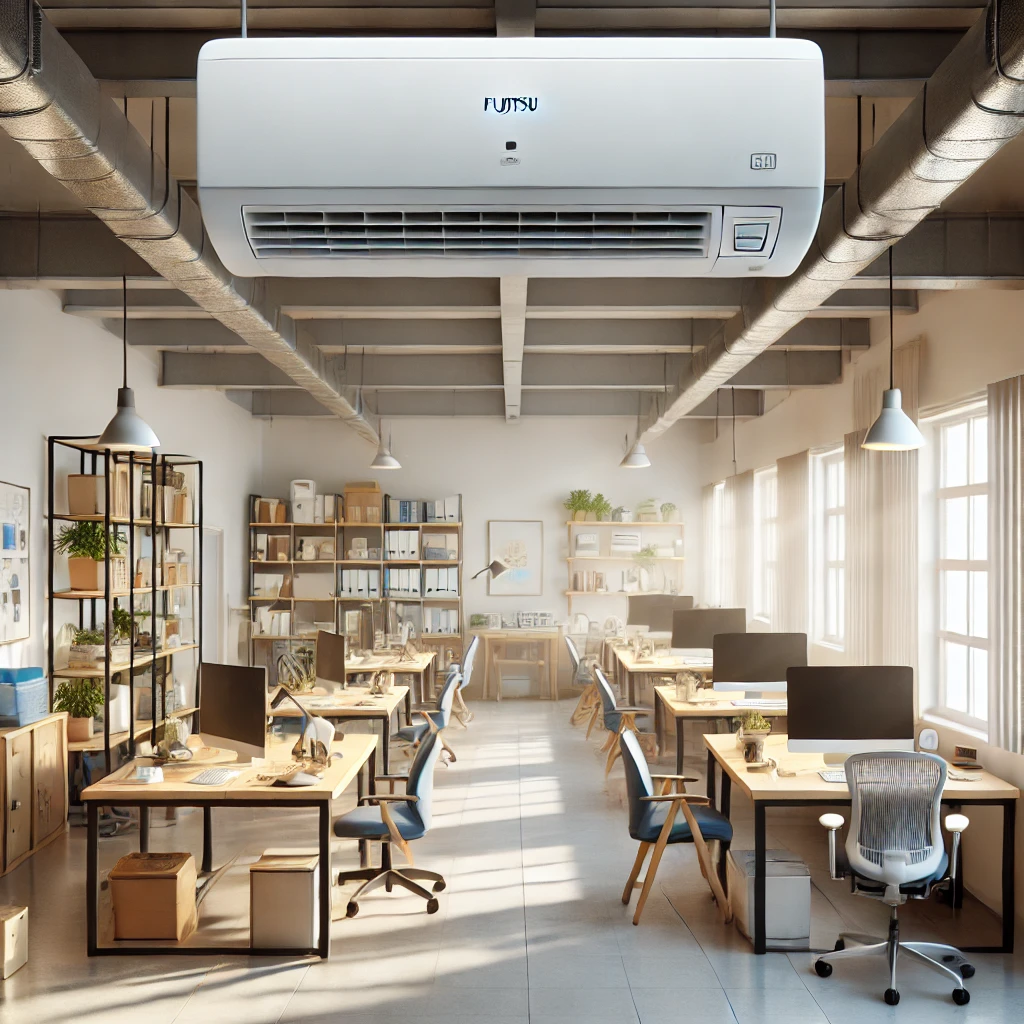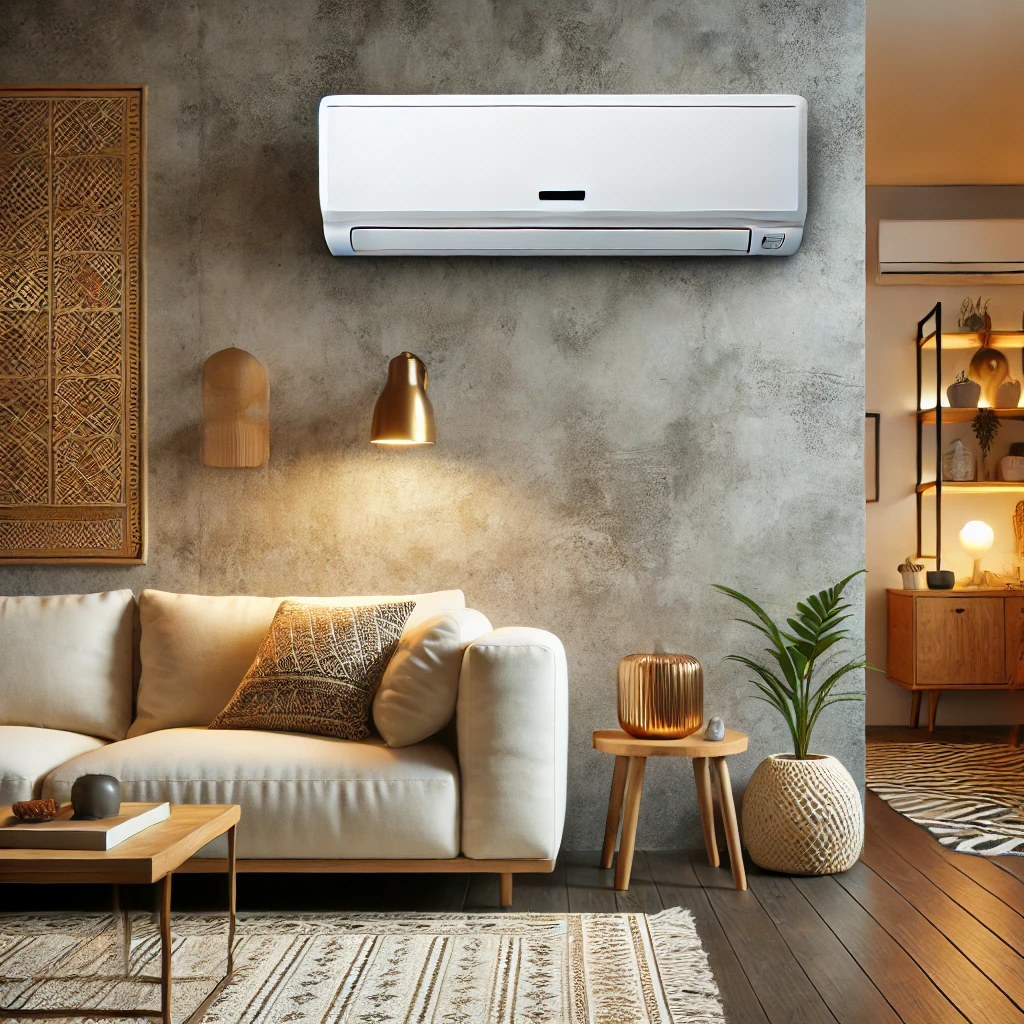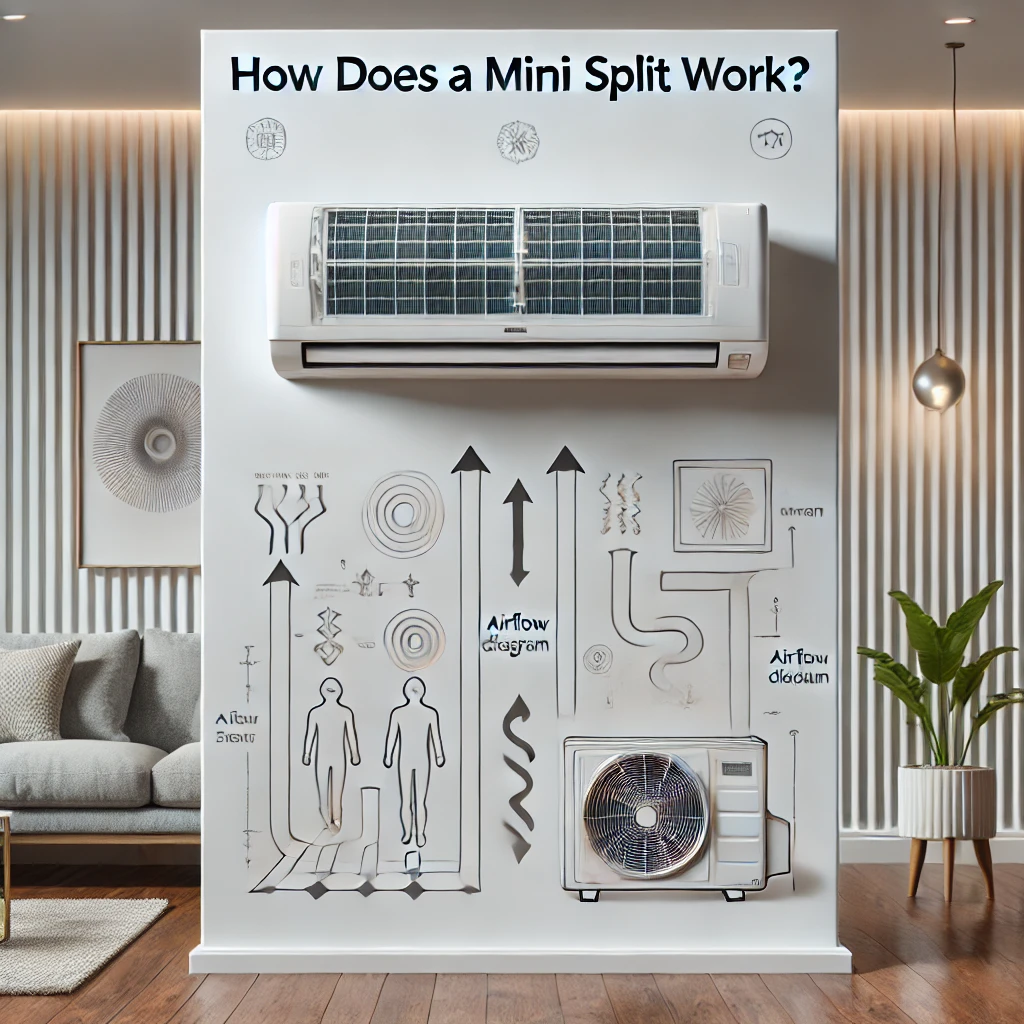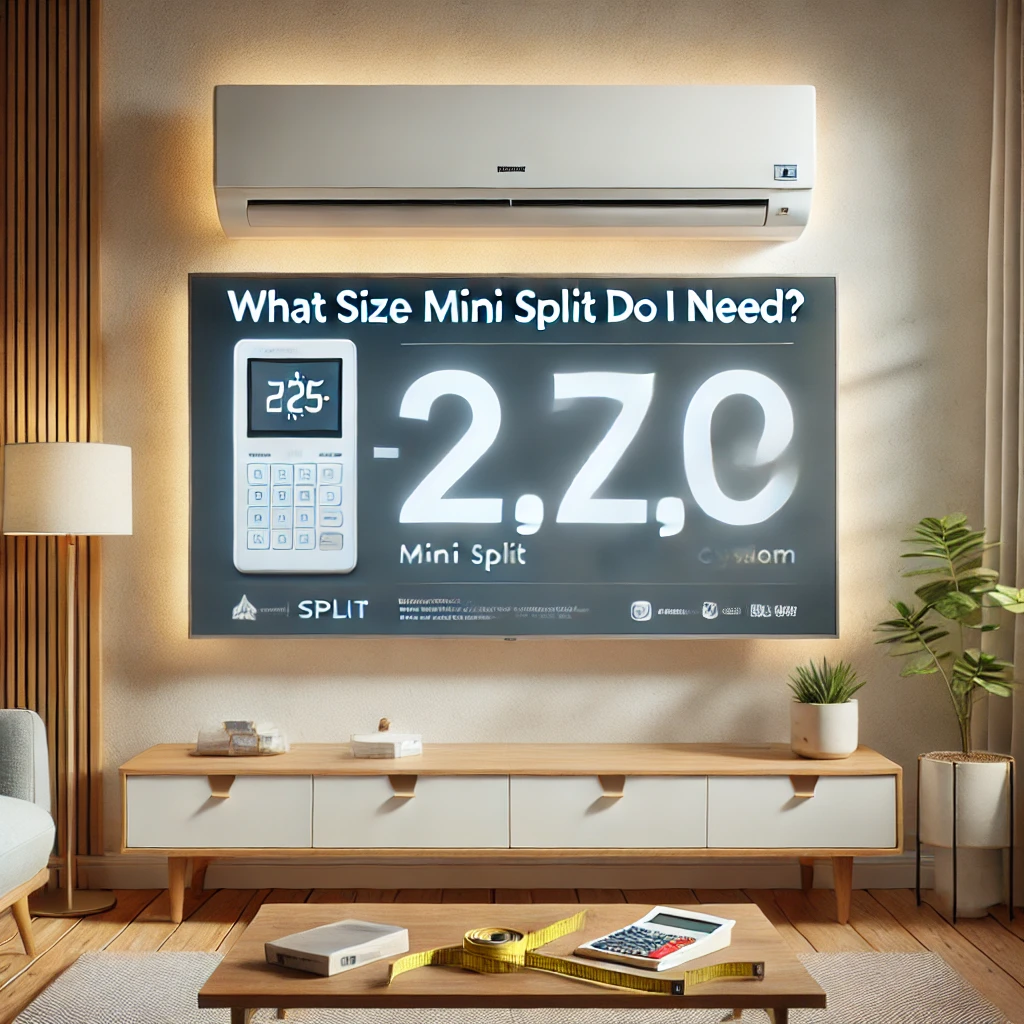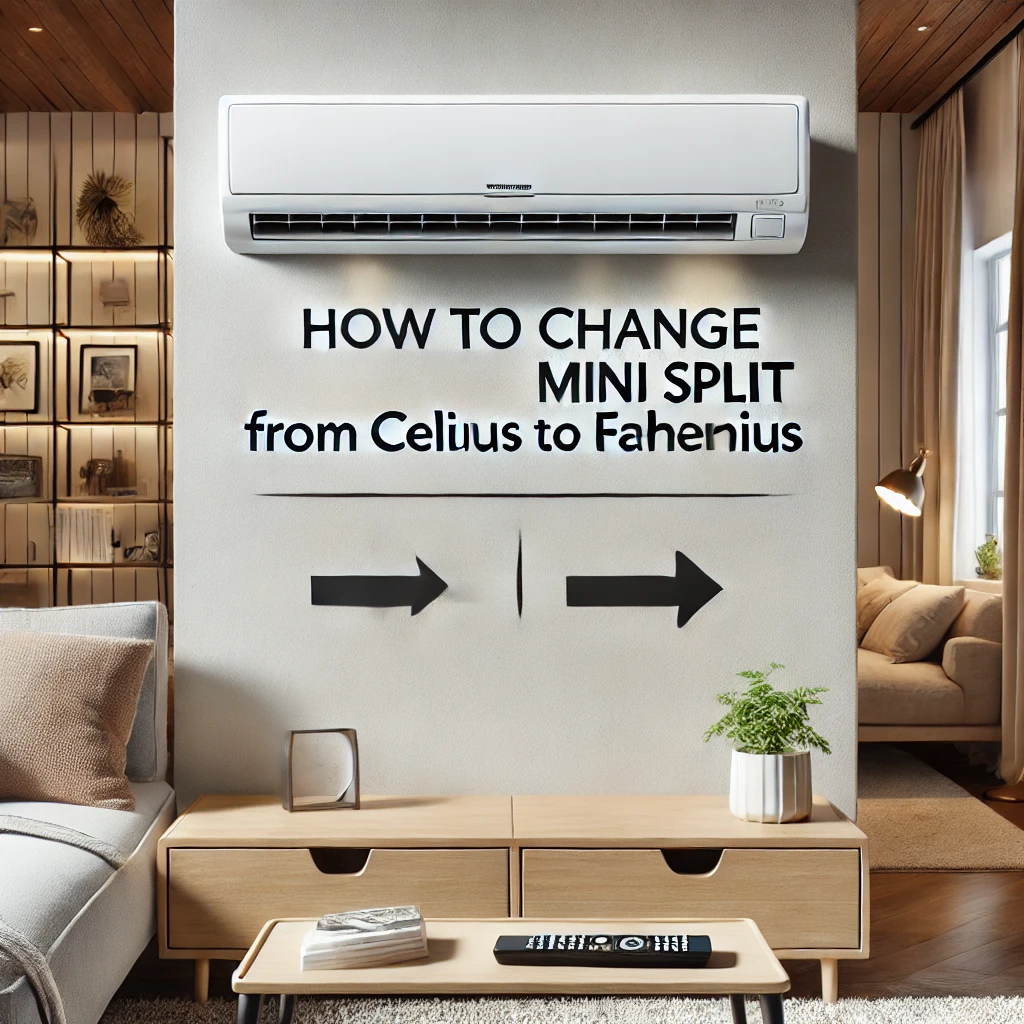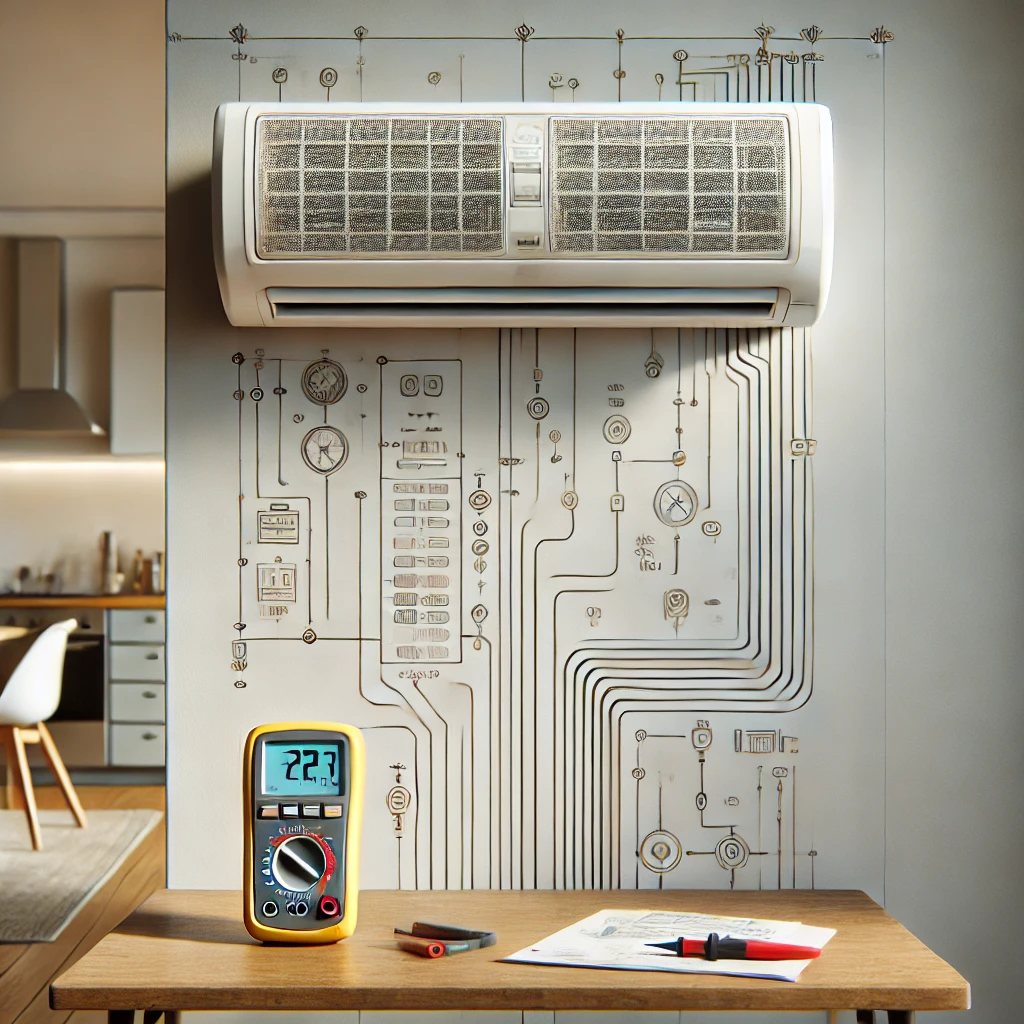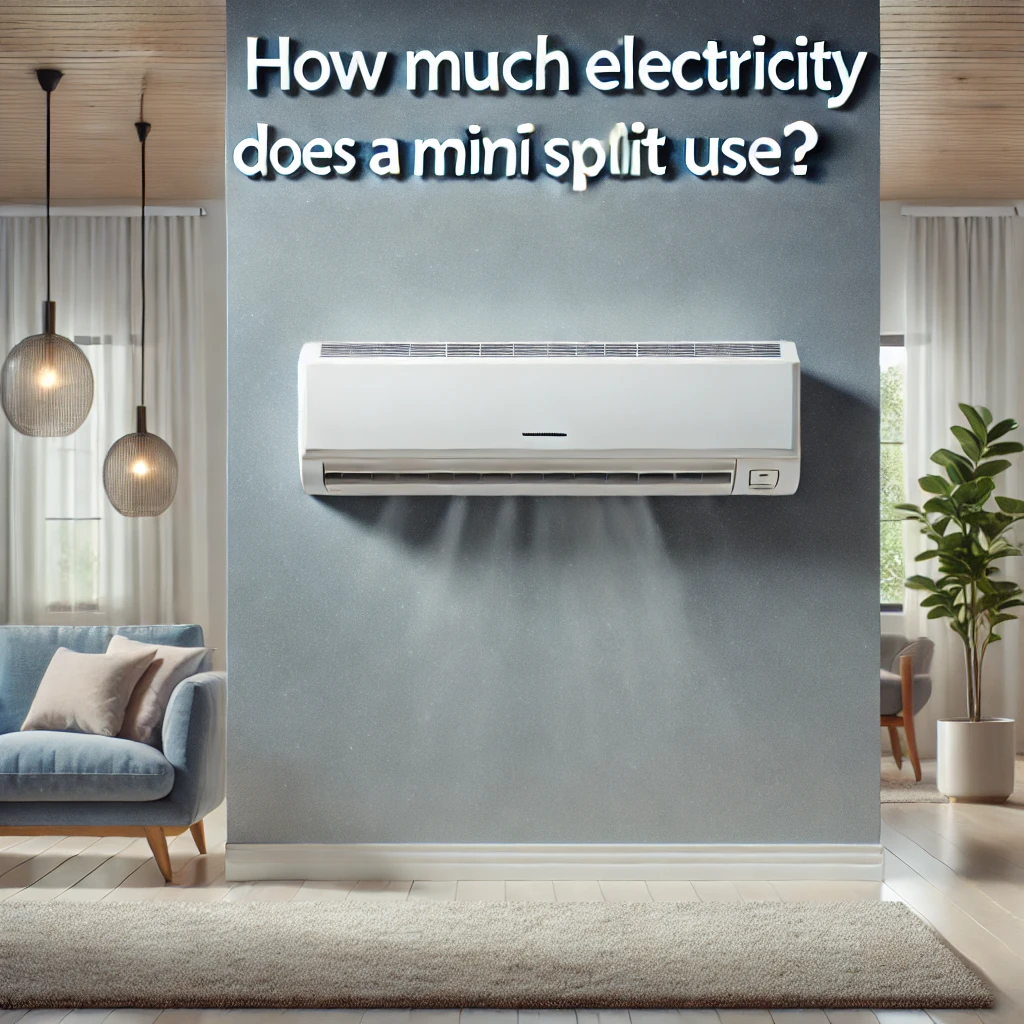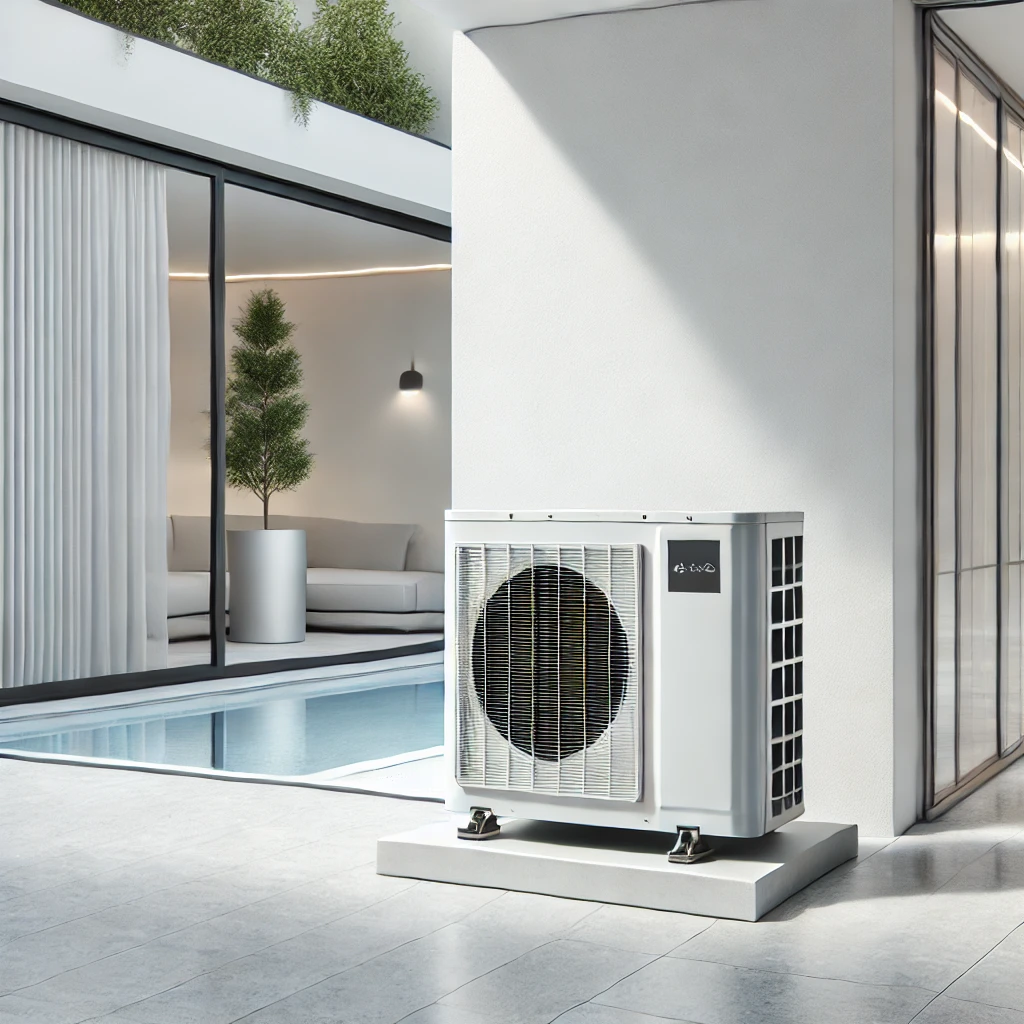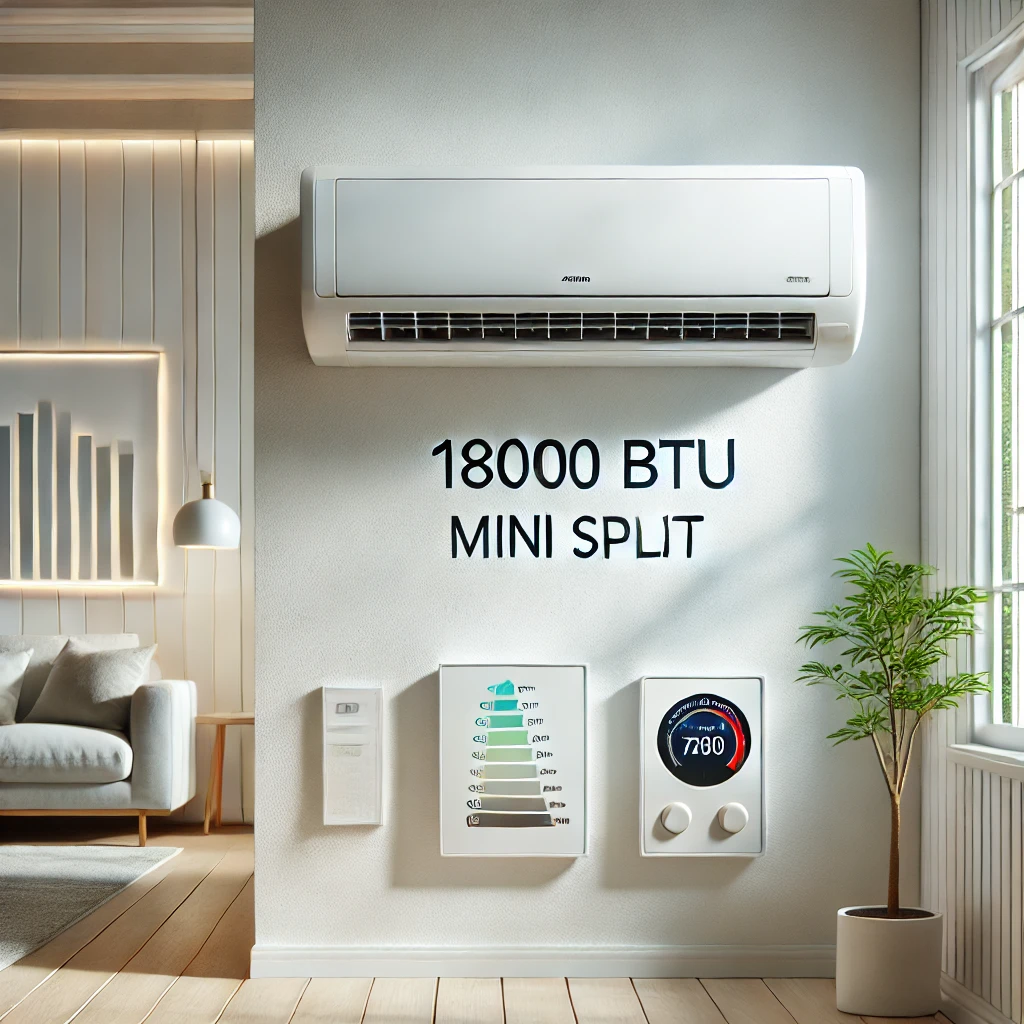Answer:
The heat exchanger on a Fujitsu mini split is found in both the indoor and outdoor units, each serving specific purposes. In our experience, the indoor unit’s heat exchanger is located behind the air filter, where it facilitates efficient heat transfer to cool or heat the air inside your space. The outdoor unit also houses a heat exchanger, designed to release or absorb heat from the environment, depending on the mode. Customers often appreciate how Fujitsu designs their heat exchangers with advanced materials to optimize performance and ensure durability, making them a reliable choice for Canadian homes and businesses.
More On Where to Find the Heat Exchanger on a Fujitsu Mini Split:
The indoor heat exchanger is typically a coiled structure made of copper tubes and aluminum fins, designed to maximize surface area for effective heat transfer. Its location behind the filter ensures that the air passing through is conditioned to the desired temperature. Regular cleaning of the filter is essential, as a clogged filter can obstruct airflow and reduce the heat exchanger’s efficiency—a tip we always share with our customers.
The outdoor unit’s heat exchanger is equally important, as it works in conjunction with the refrigerant system to either dissipate or capture heat from the environment. In colder climates, like many parts of Canada, Fujitsu mini splits feature specialized technologies like low-ambient heating capabilities to ensure the outdoor unit operates efficiently even in sub-zero temperatures. Based on what we’ve observed, this is a standout feature for homeowners looking for reliable year-round comfort.
